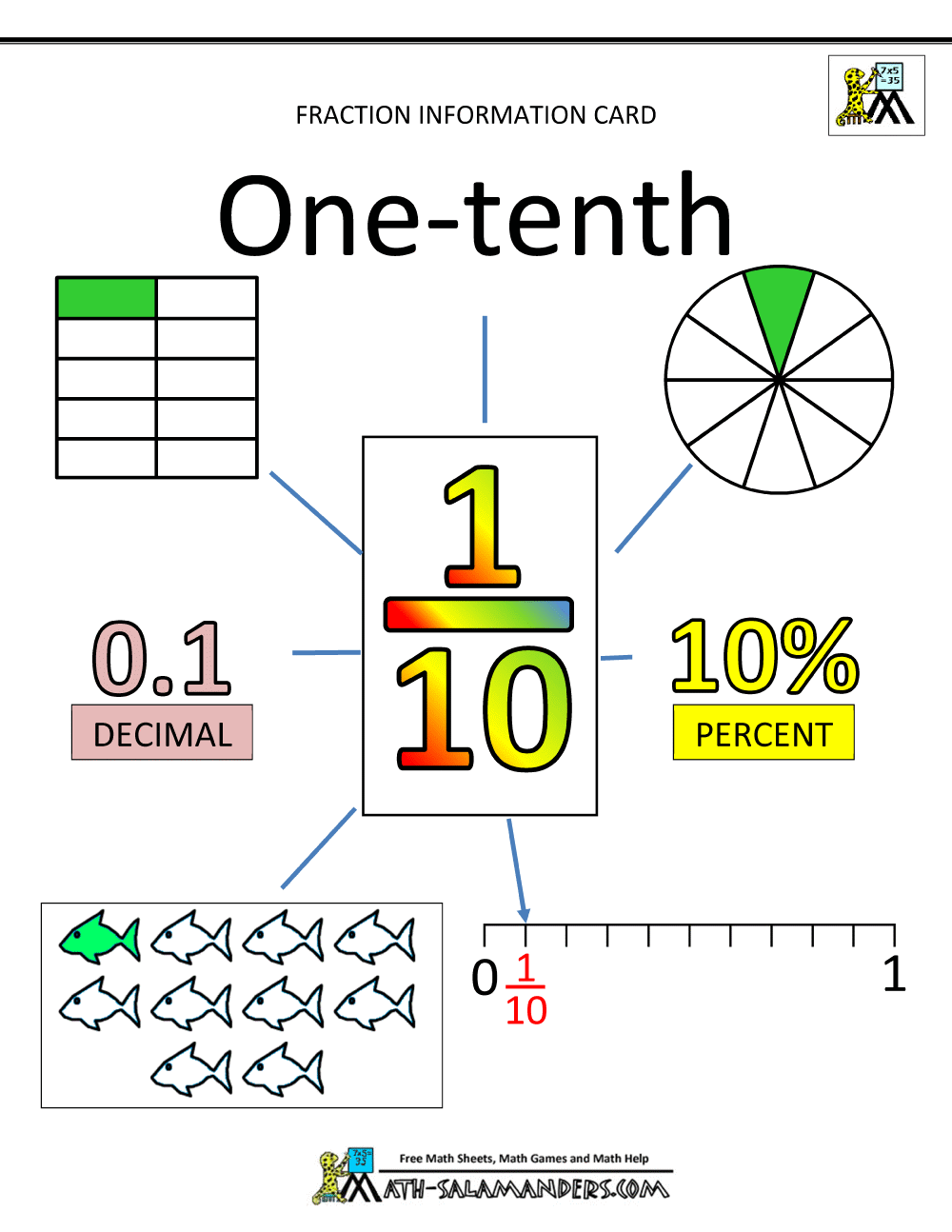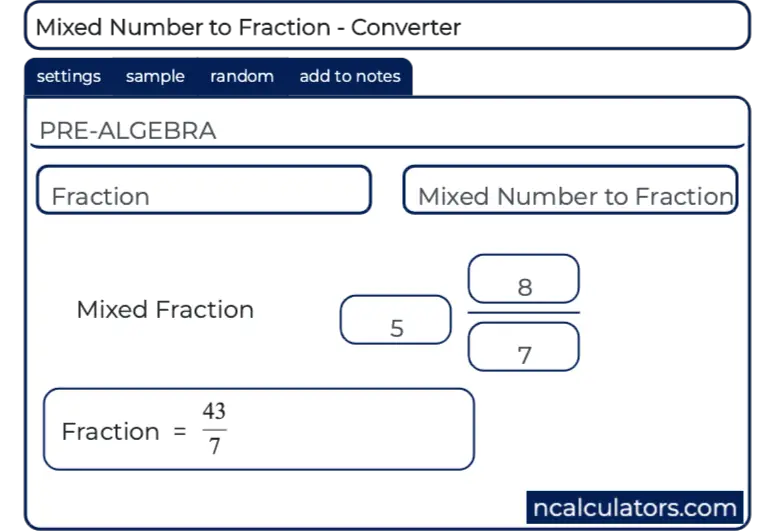

However, this time multiplication is used instead of division with the integers instead of remainders used with the carry digit being the binary equivalent of the fractional part of the decimal number. The conversion of decimal fractions to binary fractions is achieved using a method similar to that we used for integers. So we can see that fractional binary numbers, that is binary numbers that have a weighting of less than 1 (2 0), can be converted into their decimal number equivalent by successively dividing the binary weighting factor by the value of two for each decrease in the power of 2, remembering also that 2 0 is equal to 1, and not zero. Hence the decimal equivalent number of 1101.0111 2 is given as: 13.4375 10 In other words, the powers of 2 are negative.įor this example, the decimal fraction conversion of the binary number 0.1011 2 is 0.6875 10. Thus all the fractional digits to the right of the binary point have respective weightings which are negative powers of two, creating binary fractions. Similar to decimal fractions, binary numbers can also be represented as unsigned fractional numbers by placing the binary digits to the right of the decimal point or in this case, binary point. But we can also have binary weighting for values of less than 1 producing what are called unsigned fractional binary numbers. Thus each digit of a binary number can take the “0” or the “1” value with the position of the 0 or 1 indicating its value or weighting. The binary numbering system is a base-2 numbering system which contains only two digits, a “0” or a “1”. The difference this time is that the binary number system (or simply binary numbers) is a positional system, where the different weighted positions of the digits are to the power of 2 (base-2) instead of 10.

We can also use this idea of positional notation where each digit represents a different weighted value depending upon the position it occupies in the binary numbering system. Then the value of any decimal number will be equal to the sum of its digits multiplied by their respective weights, so for our example above: N = 1234.567 10 in the weighted decimal format this will be equal too: So we can see that each digit in the standard decimal system indicates the magnitude or weight of that digit within the number. Likewise, for the fractional numbers to right of the decimal point, the weight of the number becomes more negative giving: 5 -1, 6 -2, 7 -3 etc. Thus mathematically in the standard denary numbering system, these values are commonly written as: 4 0, 3 1, 2 2, 1 3 for each position to the left of the decimal point in our example above.

Then the decimal numbering system uses the concept of positional or relative weighting values producing a positional notation, where each digit represents a different weighted value depending on the position occupied either side of the decimal point. Thus as we move through the number from left-to-right, each subsequent digit will be one tenth the value of the digit immediately to its left position, and so on.


 0 kommentar(er)
0 kommentar(er)
